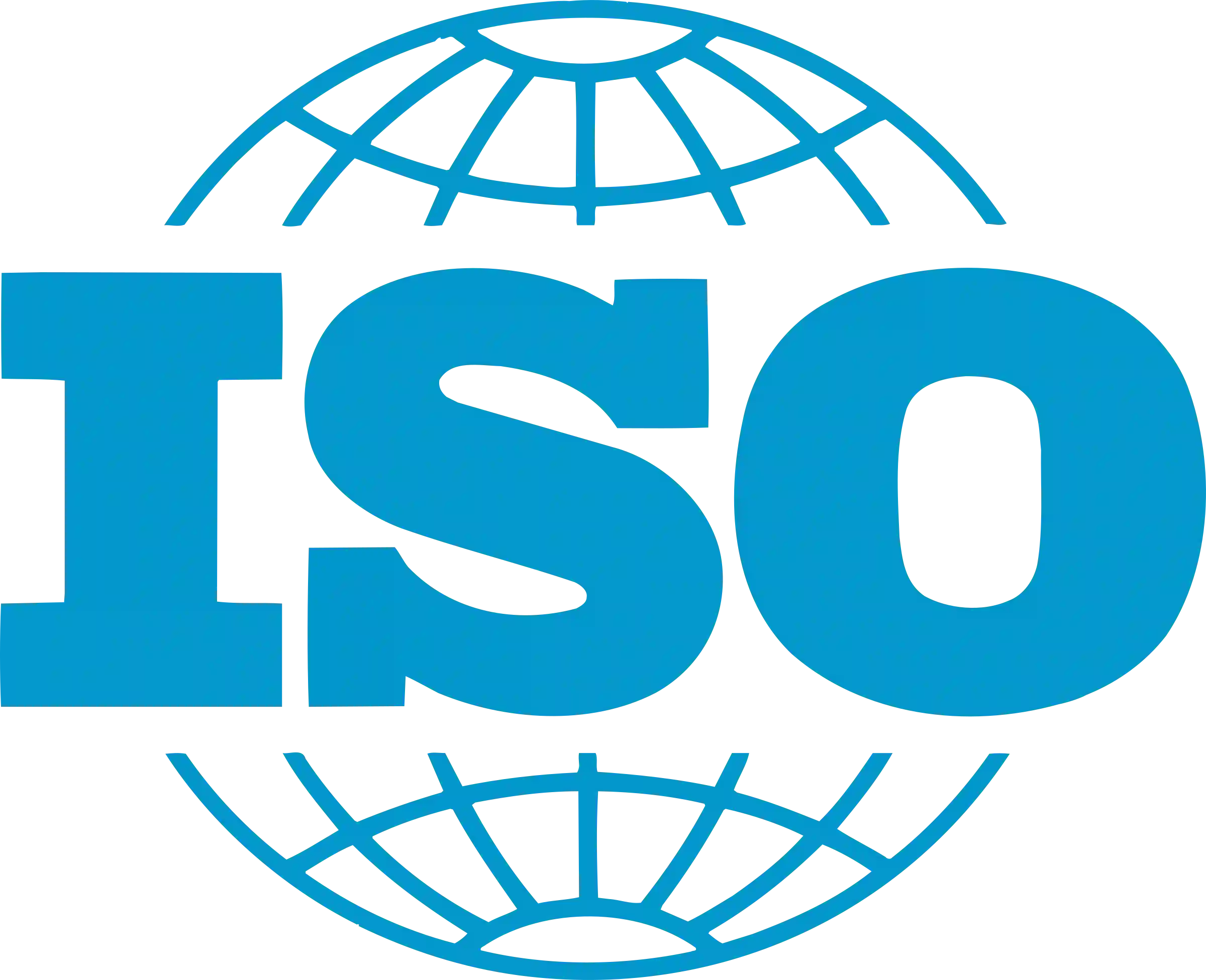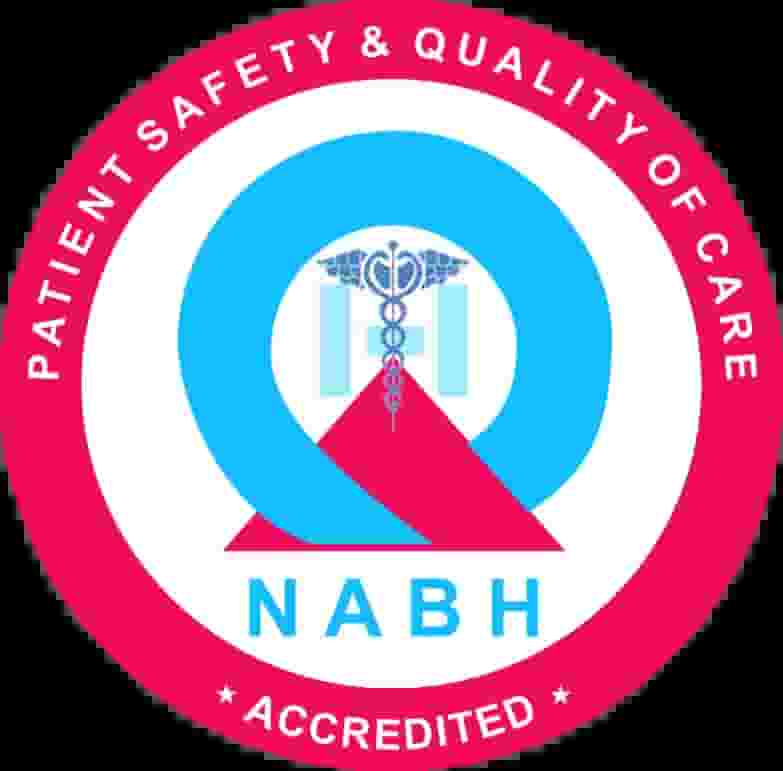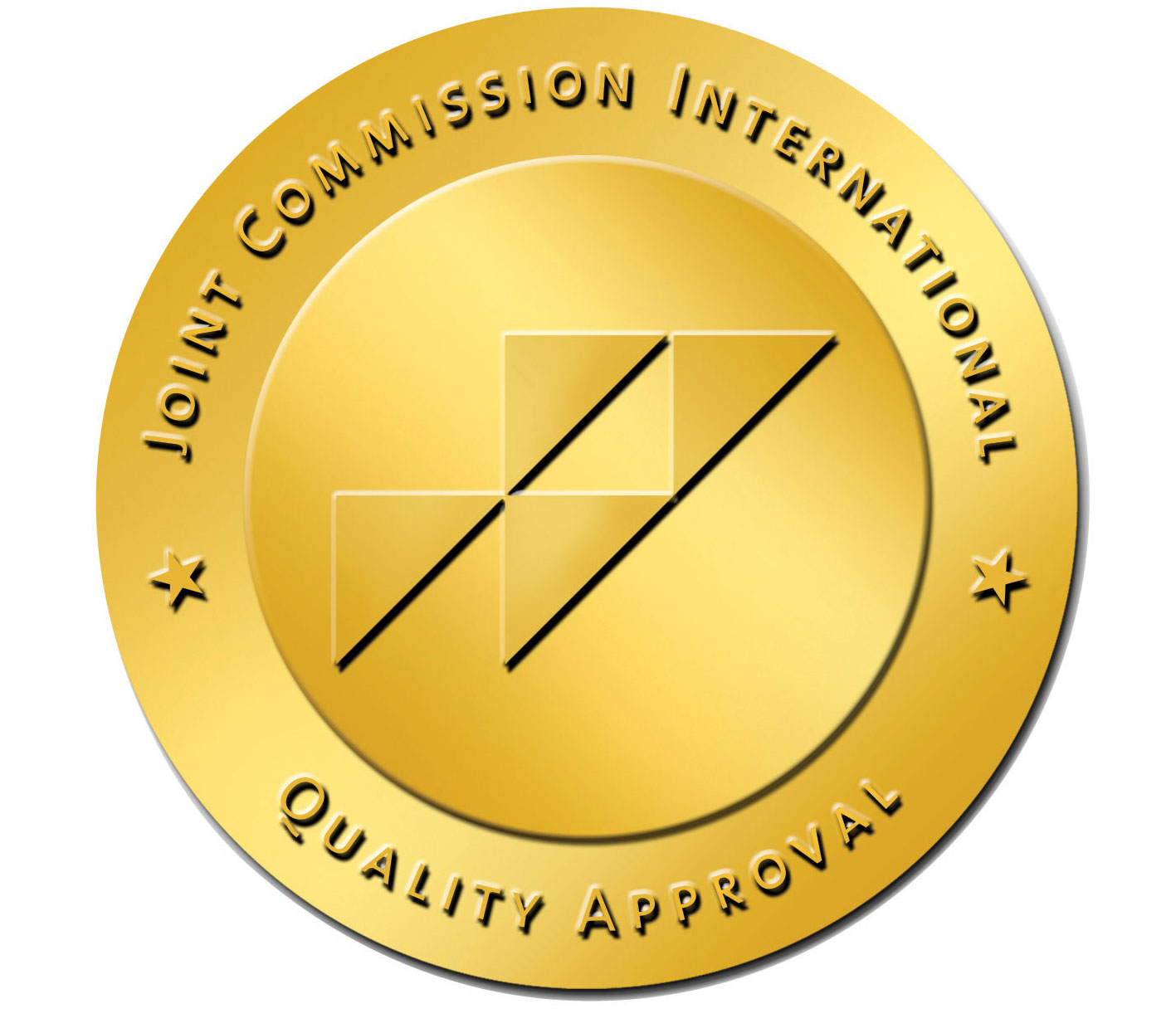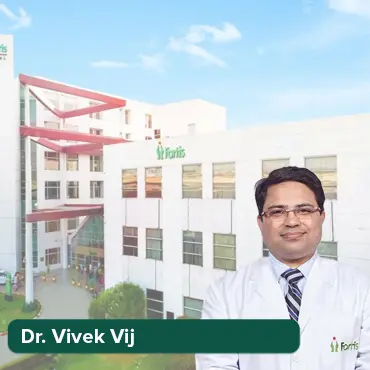
Everything you need to know about CT scan
04 Aug, 2023
 Healthtrip Team
Healthtrip TeamAre you curious about CT scans? We've put together a comprehensive guide to help you understand this vital medical tool. In this blog, we'll delve into what CT scans are, how they work, their benefits, and much more. Let's dive in and explore the world of medical imaging and diagnostics.
Transform Your Beauty, Boost Your Confidence
Find the right cosmetic procedure for your needs.

We specialize in a wide range of cosmetic procedures

What is a CT Scan?
A CT scan, short for computed tomography scan, is a bit like a magical camera that can see inside your body without having to make any cuts or incisions. Imagine you're trying to figure out what's inside a wrapped gift. You could shake it, listen to it, or weigh it, but you wouldn't really know what's inside until you unwrap it. But what if you had a special camera that could take pictures of the inside of the gift from all sides? That's kind of what a CT scan does for doctors. It uses a special kind of X-ray to take lots of pictures of your body from different angles.
Once the CT scan has taken all these pictures, a computer steps in to do the next part. The computer takes all these different pictures and puts them together like pieces of a puzzle. The result is a very detailed, 3D-like image of the inside of your body. This image can show things like bones, organs, and even blood vessels. It's a really useful tool for doctors because it helps them see if there's anything unusual or out of place, like a broken bone, a tumor, or an infection. It's like having X-ray vision, but even better!
Now that we've got a basic understanding of CT scans, let's explore why they stand out among other imaging techniques. Understanding the differences between CT scans, X-rays, and MRIs can help you appreciate the versatility and significance of CT imaging.
Most popular procedures in India
Total Hip Replacemen
Upto 80% off
90% Rated
Satisfactory
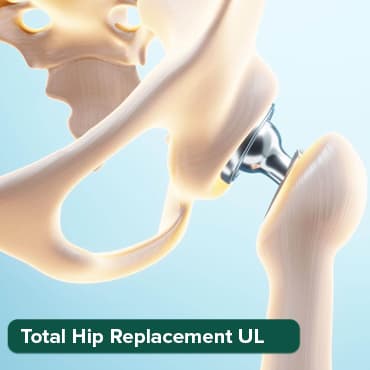
Total Hip Replacemen
Upto 80% off
90% Rated
Satisfactory
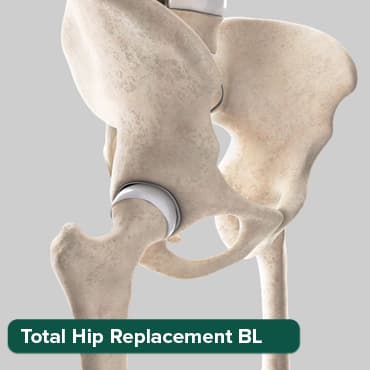
Total Hip Replacemen
Upto 80% off
90% Rated
Satisfactory
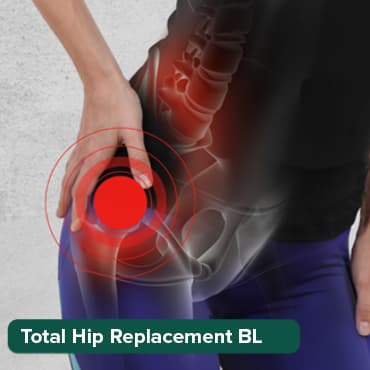
ANGIOGRAM
Upto 80% off
90% Rated
Satisfactory
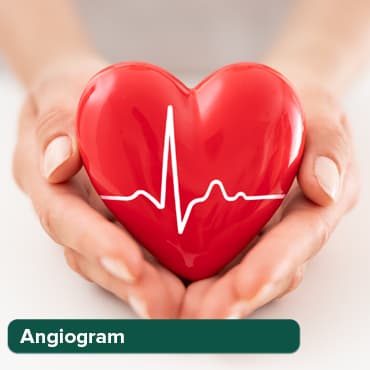
ASD Closure
Upto 80% off
90% Rated
Satisfactory

Difference between CT Scans and Other Imaging Techniques (e.g., X-ray, MRI)
You might be curious about how a CT scan compares to other imaging methods like X-rays and MRIs. Let me break it down for you. X-rays are good for looking at bones, but they don't show much detail of organs and muscles. On the other hand, MRIs provide excellent views of soft tissues, but they take longer and can't be used in certain situations, like when a patient has certain implants. Here's where CT scans come in. They offer a middle ground—faster than an MRI and better detail of soft tissues than X-rays. Depending on your situation, we may use one or more of these techniques to understand what's happening inside your body most effectively.
How do CT scans work?
The CT scan machine might look a bit intimidating at first, but it's really quite simple. It's a large, doughnut-shaped machine. You'll lie on a table that slides into the 'hole' of the doughnut. The part of the machine that rotates around you is the X-ray tube and electronic X-ray detectors, located directly opposite each other in a ring, called a gantry.
The process of taking a CT scan
During the scan, you'll lie still on the table. The table will slowly move through the center of the machine while the X-ray tube rotates around you, taking a series of images from different angles. You won't feel anything during this process, and it's important to stay as still as possible to get the clearest images.
How images are created?
After the scan, the real magic happens. The computer takes all those X-ray images and processes them to create what we call 'slices.' These are cross-sectional images of your body, like looking at a single slice of bread from a whole loaf. This gives us a detailed look at your body from the inside, allowing us to spot any abnormalities or changes that might need further investigation.
Body parts examined by CT Scan
1. CT scans can provide us with detailed images of the head and brain. This can help us diagnose conditions like stroke, brain tumors, or injuries to the brain.
2. We can also use CT scans to examine the chest, including the heart and lungs. This can be useful for diagnosing lung diseases, heart conditions, or detecting tumors.
3. The abdomen and pelvis can also be examined using a CT scan. This can help us identify problems with organs like the liver, kidneys, or intestines, or conditions like appendicitis.
4. CT scans are also great for looking at the bones and joints. They can help us diagnose fractures, joint problems, or bone tumors.
5. Finally, we can use CT scans to examine the blood vessels. This can help us detect conditions like aneurysms or blockages in the blood vessels.
Why are CT Scans performed?
A. To diagnose various conditions
CT scans are incredibly versatile and can help us diagnose a range of conditions. For example, they can help us identify tumors or cancers, assess the extent of cardiovascular disease, detect infectious diseases, and evaluate the extent of trauma. They give us a detailed picture of what's happening inside your body, which is crucial for accurate diagnosis.
B. To guide certain procedures
CT scans are also used to guide certain procedures. For instance, if you need a biopsy to test for certain conditions, a CT scan can help us determine the exact location and the best approach for the procedure. Similarly, if you're having surgery, a CT scan can help us plan the operation.
C. To monitor the effectiveness of treatments
We also use CT scans to monitor how well treatments are working. For example, if you're undergoing treatment for cancer, regular CT scans can show us how the tumor is responding to the treatment. This helps us adjust your treatment plan if necessary.
D. To detect internal injuries and internal bleeding
CT scans are also invaluable in emergency situations. If you've had a serious accident, a CT scan can quickly reveal internal injuries and internal bleeding, helping us provide immediate and effective treatment.
How should you prepare for your CT Scan?
- Make sure you understand what to expect during the CT scan. If you have any questions, ask your doctor.
- If your doctor instructs you to fast before the scan, follow these instructions. This usually means no food or drink for a few hours before the procedure.
- Wear loose, comfortable clothing. Avoid wearing any metal objects, such as jewelry or glasses.
- Inform your doctor about any medications you're currently taking. In most cases, you can continue your regular medications, but there may be exceptions.
- If a contrast material will be used in your scan, follow any specific instructions your doctor gives you. This could involve fasting or drinking plenty of water.
- If there's a chance you could be pregnant, inform your doctor. While the radiation from a CT scan is generally low, it's best to avoid any unnecessary risk to a developing fetus.
What to Expect During a CT Scan
A. The procedure itself
During the CT scan, you'll lie on a table that slides into the machine. The scan itself is painless and usually takes just a few minutes. You'll need to stay as still as possible to get the clearest images.
B. Post-scan procedures
After the scan, you can usually go about your day as normal. If we used a contrast material, we might ask you to wait for a short while after the scan to make sure you don't have a reaction.
Benefits of CT scan
- Detailed images: CT scans provide detailed images of all types of tissue, including the brain, lungs, and blood vessels. This can help us diagnose conditions, plan treatments, and monitor your progress.
- Quick and painless: The scan itself is quick and painless, which can be particularly important in emergency situations.
- Guiding treatment: CT scans can help us plan surgeries, biopsies, and radiation therapy treatments, making these treatments more effective.
- Monitoring disease: CT scans can help us monitor the effectiveness of treatments for diseases like cancer, allowing us to adjust your treatment plan if necessary.
Risks
- Exposure to a small amount of radiation: While the radiation dose from a CT scan is higher than that of a regular X-ray, it's still relatively low and considered safe for most people. However, we always aim to use the lowest dose possible to get the necessary images.
- Allergic reaction to contrast material: Some people may have an allergic reaction to the contrast material used in some CT scans. Most reactions are mild and can be managed with medication, but serious reactions can occur.
- Potential harm to unborn babies: If you're pregnant, there's a risk that the radiation from a CT scan could harm your unborn baby. Always let us know if you're pregnant or could be pregnant.
What are the result of CT scan ?
The results of a CT scan can show a variety of findings, depending on the reason the scan was performed. Here are some examples:
- Normal Results: If no abnormalities are found, the results are considered normal. This doesn't necessarily rule out all medical conditions, but it does mean that there are no obvious signs of the condition the scan was intended to detect.
- Abnormal Results: If the radiologist identifies any abnormalities, these will be detailed in the report. Abnormal results could indicate a variety of conditions, such as:
- Tumors or cancers
- Infections
- Blood vessel diseases (like an aneurysm)
- Inflammatory conditions
- Fractures or other injuries
- Heart disease
- Lung conditions (like pneumonia or a pulmonary embolism)
- Liver or kidney diseases
The specific findings will depend on the part of the body that was scanned and the reason for the scan.
It's important to remember that interpreting CT scan results is a highly specialized skill that requires extensive medical training. If you have questions or concerns about your CT scan results, it's best to discuss them with your doctor. They can explain the findings in the context of your overall health and help you understand what the results mean for you.
CT scans have significantly transformed medical imaging by providing detailed, non-invasive views of the body's internal structures, aiding in the diagnosis and treatment of various diseases. Despite potential risks like radiation exposure, ongoing technological advancements continue to improve safety and efficacy. As an indispensable tool in modern healthcare, CT scans are set to play an increasingly significant role in personalized medicine and future medical innovations.
Wellness Treatment
Give yourself the time to relax
Lowest Prices Guaranteed!

Lowest Prices Guaranteed!
